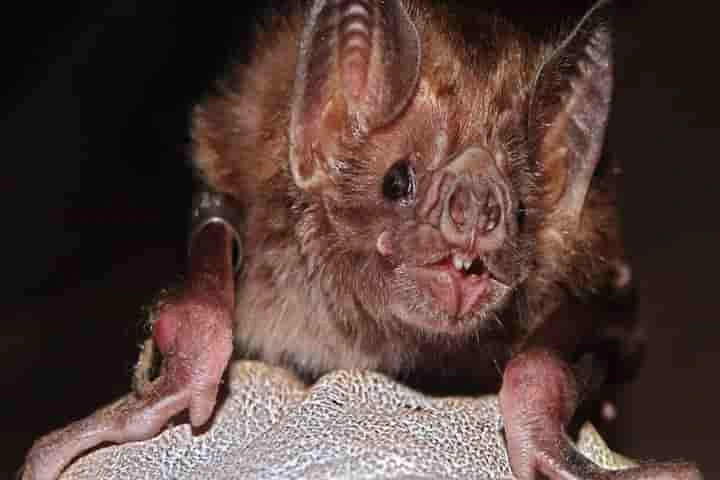Vampire bats have inspired several horror movies and television shows yet scientists were always intrigued as to how these mammals survived just on the diet of blood.
According to an Associated Press dispatch, the researchers compared the common vampire bats’ genome to that of 26 other bat species and they found that in the vampire bats there are 13 genes that are missing or no longer work. These changes in the genes are what has enabled them to adapt to a diet of blood which is rich in protein and iron but has least of carbohydrates and fats.
The details of the study appeared in Science Advances journal.
These creatures found in Central and South America whom Michael Hiller calls “living Draculas”, are three inches long and have a wingspan of 7 inches, bite animals or livestock at night to suck the blood. Hiller, who is a co-author of the study, is from Germany’s Max Planck Institute.
These bats are an exception as only three of vampire bats among the 1,400 types of bats can survive on the low-calorie diet of blood. Others eat insects, nectar, fruit, meat of small frogs or fishes, or pollen.
Consuming such low-calorie diets makes it necessary for these bats to eat and thus when they can’t get a meal, those who are well-fed regurgitate their food to share with those who are starving. As per Hiller these mammals keep track of those who helped them in the past, reflecting complex social relationships.
Also read: 7000 years ago, humans first domesticated geese and not chicken – new study




















